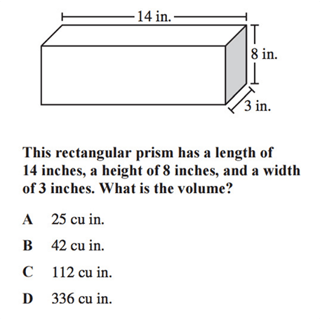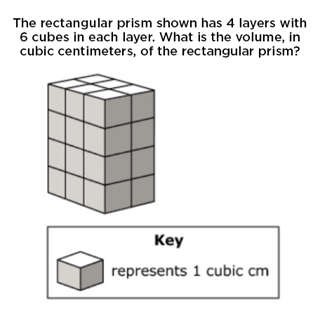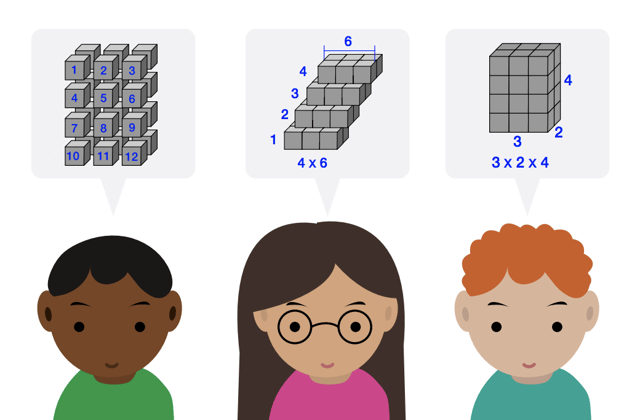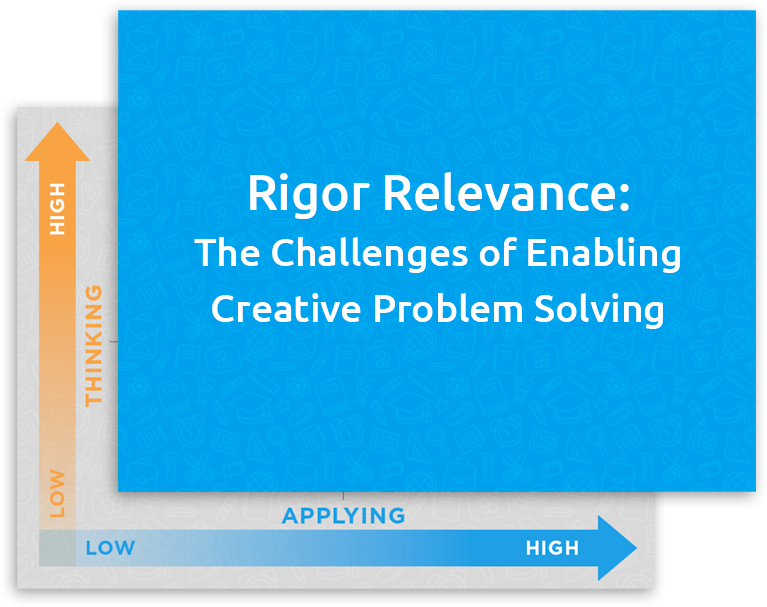Programs
Experience
Services
Educator Topics
Subscribe to the Newsletter
Subscribe to the Blog
Productive struggle is the process of effortful learning that develops grit and creative problem solving.
When students face problems they don’t immediately know how to solve (like on new assessments), we don’t want them to give up. We want them to engage in making connections to things they already know, think creatively and try different avenues towards solutions.
Productive struggle is a state of engagement that enables students to work through increasingly challenging problems and new problems they have never seen before. In this way, making things harder on your students so they will stretch their brains can be a good thing.
The process of productive struggle has encouraging applications to math education in particular. Only 33% of US eighth-graders scored “proficient” or “advanced” in math on the National Assessment of Educational Progress in 2015, leading many students to feel like they are not a “math person”, even though research shows everyone is capable of mathematical thinking.
It’s often the quick calculators and good memorizers who are praised the most in math class. However, Stanford professor Jo Boaler warns that instruction based solely on memorization and arithmetic can lead students to misunderstand and dislike math. Test results show that the highest achievers are those who can see the bigger picture and make connections between different mathematical concepts. There’s a growing body of research that shows that getting students to the point of productive struggle is one of the keys to achieving deeper learning and creative problem solving.
“We don’t need students to calculate quickly in math. We need students who can ask good questions, map out pathways, reason about complex solutions, set up models and communicate in different forms.”
No longer do assessment questions merely ask students to apply the procedure to the problem. Instead, students are asked to come up with the procedure on their own.
Old Sample Test Question:

Source: Grade 5 from the
California Standards Test (California Dept. of Ed)
New Sample Test Question:

Source: Sample grade 5 math problem from
Smarter Balanced Assessment Consortium
Consider how this 5th grade sample high-stakes test question could be solved in multiple different ways.

To solve the problem, students must have a conceptual understanding of the question and then employ their own creative solution. The graphic above shows three ways to visualize the solution to the problem, and three methods to arrive at a solution.
It is important that we teach students early on that they are free to apply their own unique thought process when faced with new problems.
By providing opportunities for students to share their reasoning and celebrating their different ways of thinking, teachers will encourage the process of productive struggle. Students engaged in this process build the creativity and confidence that allows them to attempt new challenges and problems they have never seen before.
Did you know that some teaching methods could block students' potential for developing productive struggle in math?
Here are some best practices for embracing productive struggle in the classroom:
To see all 8 teaching habits that develop productive struggle in all students, download the poster below.
Mathematical rigor means a lot of different things to different educators. Rather than talking about speed and adherence to structure, educators defined mathematical rigor with reference to creativity, application and non-routine problem solving.
New educational standards have made the call for this different kind of rigor in math, and as a result of this shift, schools are finding they need to adjust. Traditional classroom teaching methods are not adequately preparing students to succeed on assessments and to solve the complex global challenges they will meet in the future.
The goal of rigorous math instruction is to guide students toward becoming highly capable creative problem solvers in non-routine situations. Productive struggle is a state of effortful learning that helps students builds these skills.
When creative thinking and non-routine application of concepts is high and remains high, students are experiencing the kind of rigorous problem solving that encourages deeper learning. Productive struggle is like a muscle, the more students experience it, the longer they can persist and engage in this high level of thinking.

Math classrooms that utilize the productive struggle process to guide students toward rigorous learning include:
Education leaders from Marlboro Township Schools share how working through the puzzles in ST Math helps their students understand math concepts through productive struggle and experiential problem-solving.
“It’s all about being able to productively struggle through [problems] and really walk that line, working hard toward something, and maybe not getting it, and getting a little bit frustrated, and as soon as they are able to work through it, they get this great feeling.”
-Mitch Chatz, Principal, Marlboro Elementary School, Marlboro Township Schools.